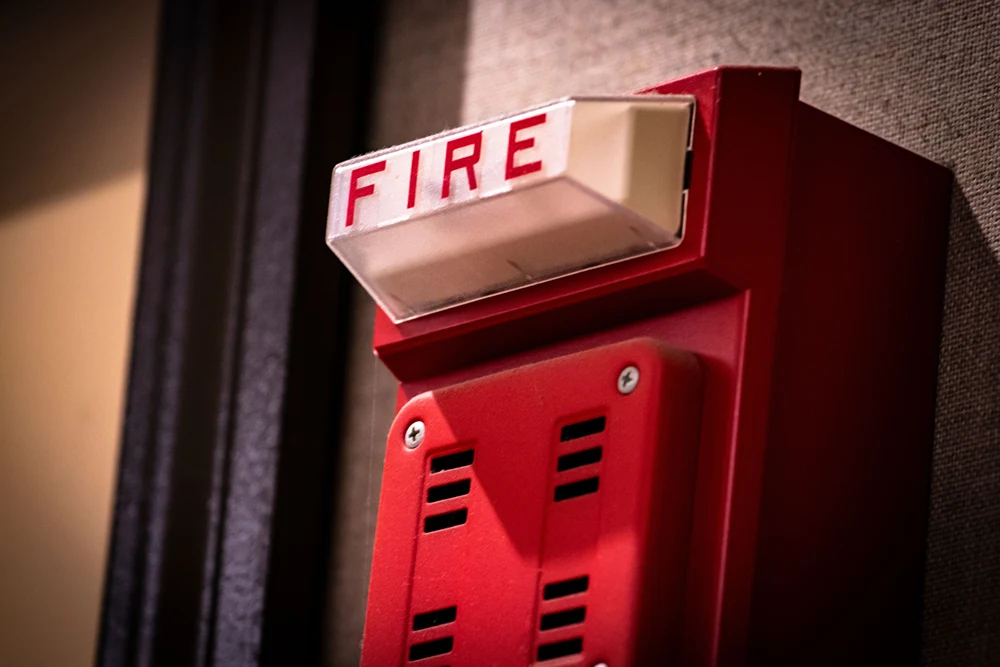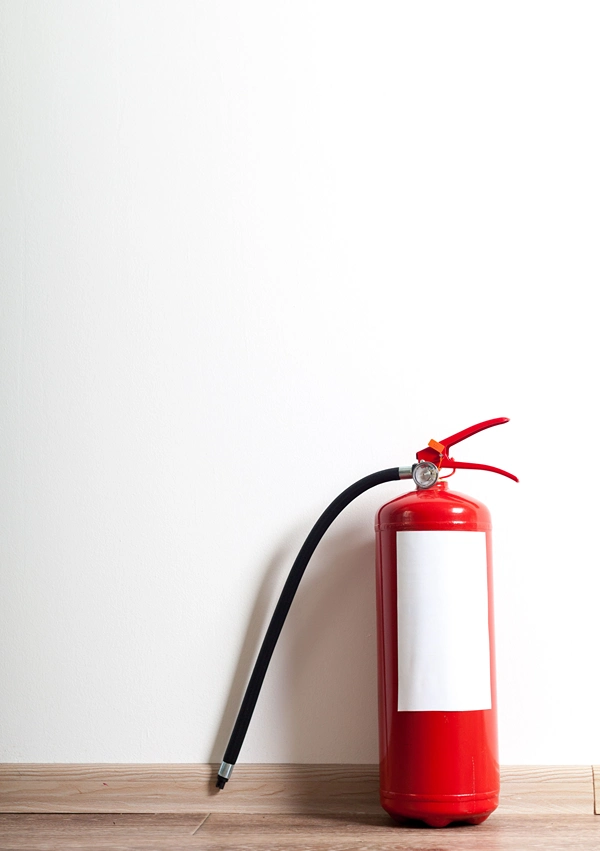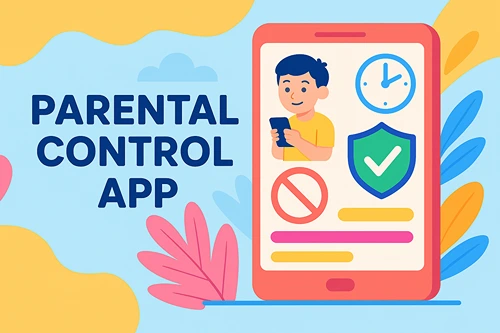Simulators in Schools: Fun Fire Safety for Teens
Fire safety, while imperative, can often feel tedious and lead to teens tuning out. By using simulators, schools can capture the interest of teens and effectively teach them about fire safety through hands-on training. This approach ingrains safety knowledge in a memorable way that resonates with young audiences.
Understanding the Need for Interactive Fire Safety
Traditional fire safety training often struggles to maintain student engagement. Static presentations or drills can leave students disinterested and impact retention of essential safety information.
By shifting to a more fun version of fire safety for teens by using simulators in schools, we can transform how students see fire safety lessons. These interactive tools encourage active participation, making safety training both educational and enjoyable.
What Are Fire Safety Simulators?
Designed for cost-effectiveness and hands-on safety training, simulators provide realistic virtual scenarios in a compact form. By simulating fire emergencies in dynamic video game-style formats, these models prepare students for a real fire. The simulators guarantee students learn how to use a fire extinguisher effectively in real-life situations without freezing or panicking.
Advantages of Using Simulators in Schools
Integrating simulators into school safety measures offers many benefits for students and staff alike. Mainly, they enhance students’ awareness and response times during fire emergencies. Simulators offer teens the opportunity to experience realistic emergency situations, preparing them to respond calmly and safely better than traditional methods. This boosts confidence among students and promises both students and staff are well-prepared to handle fire emergencies.

How To Implement Simulators for Fire Safety Training in Schools
Now you see how simulators in schools can offer essential and fun fire safety training for teens. These systems are just one way schools can promote students’ self-sufficiency while improving school safety and security. Simulators engage students and enhance their preparedness. By adopting these interactive tools, schools can create a safer environment while making learning enjoyable. But how exactly can schools go about implementing these systems?
Most schools already have scheduled fire safety drills. Introducing simulators during routine safety drills can enhance these existing procedures, offering a more realistic and hands-on learning experience.
Look for simulators specifically designed for educational settings. Consider factors like cost, ease of use, portability, and the features they offer—such as fire extinguisher training, virtual reality scenarios, or smoke room simulations.
During the supervised training session, begin by clearly explaining the objectives of the drill and how to use the simulator. Assign roles to staff and students in advance to streamline participation. After the drill, gather feedback from everyone involved and discuss what went well and how they can improve.
Bonus Tip: Make It a Competition!
Making simulation sessions competitive between teams or classes can add an extra layer of fun. Consider offering rewards like candy or pizza for the winning group who demonstrates the best fire safety skills and responses. This not only makes learning enjoyable but also motivates students to perform better and take fire safety seriously.






